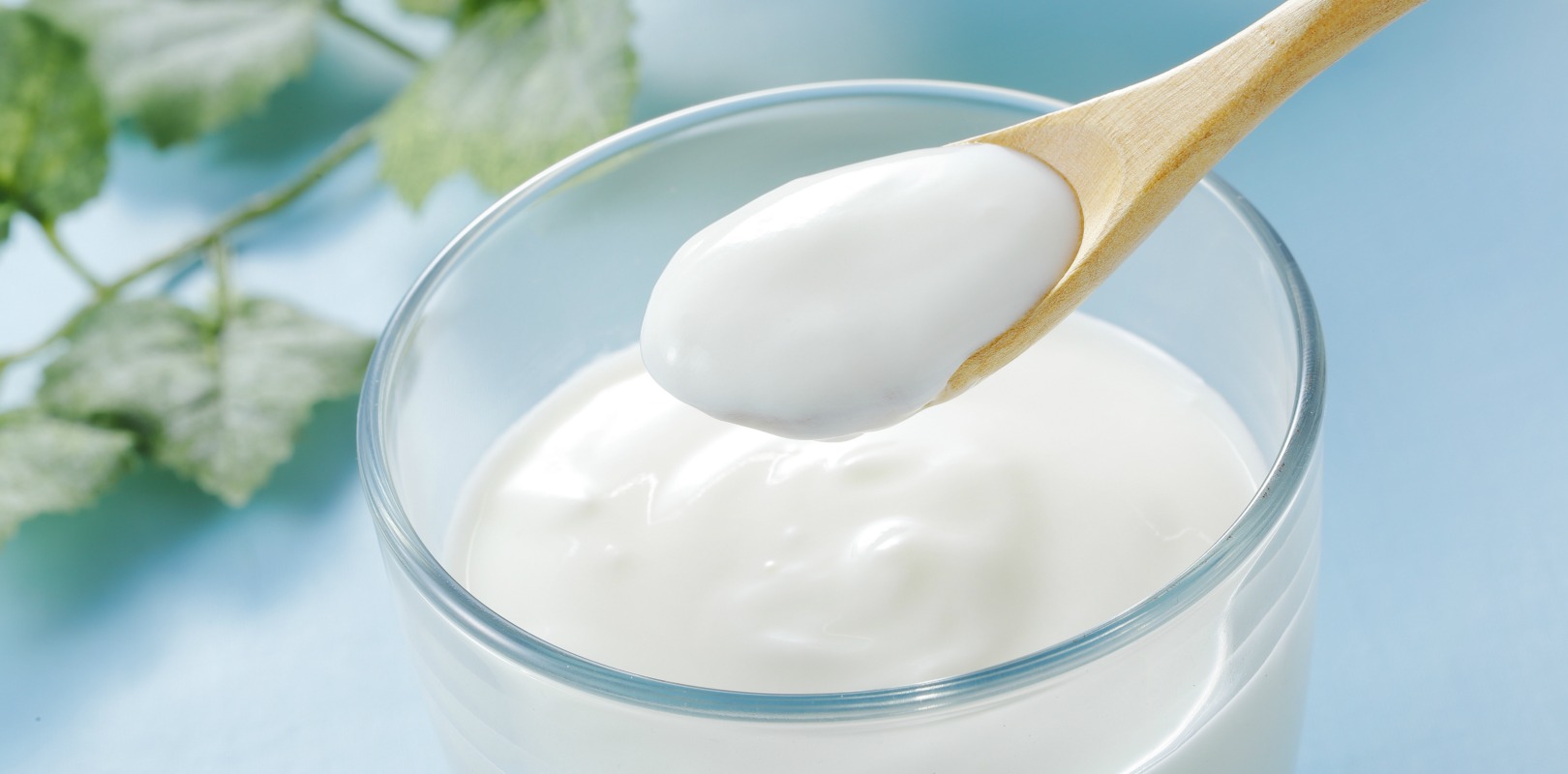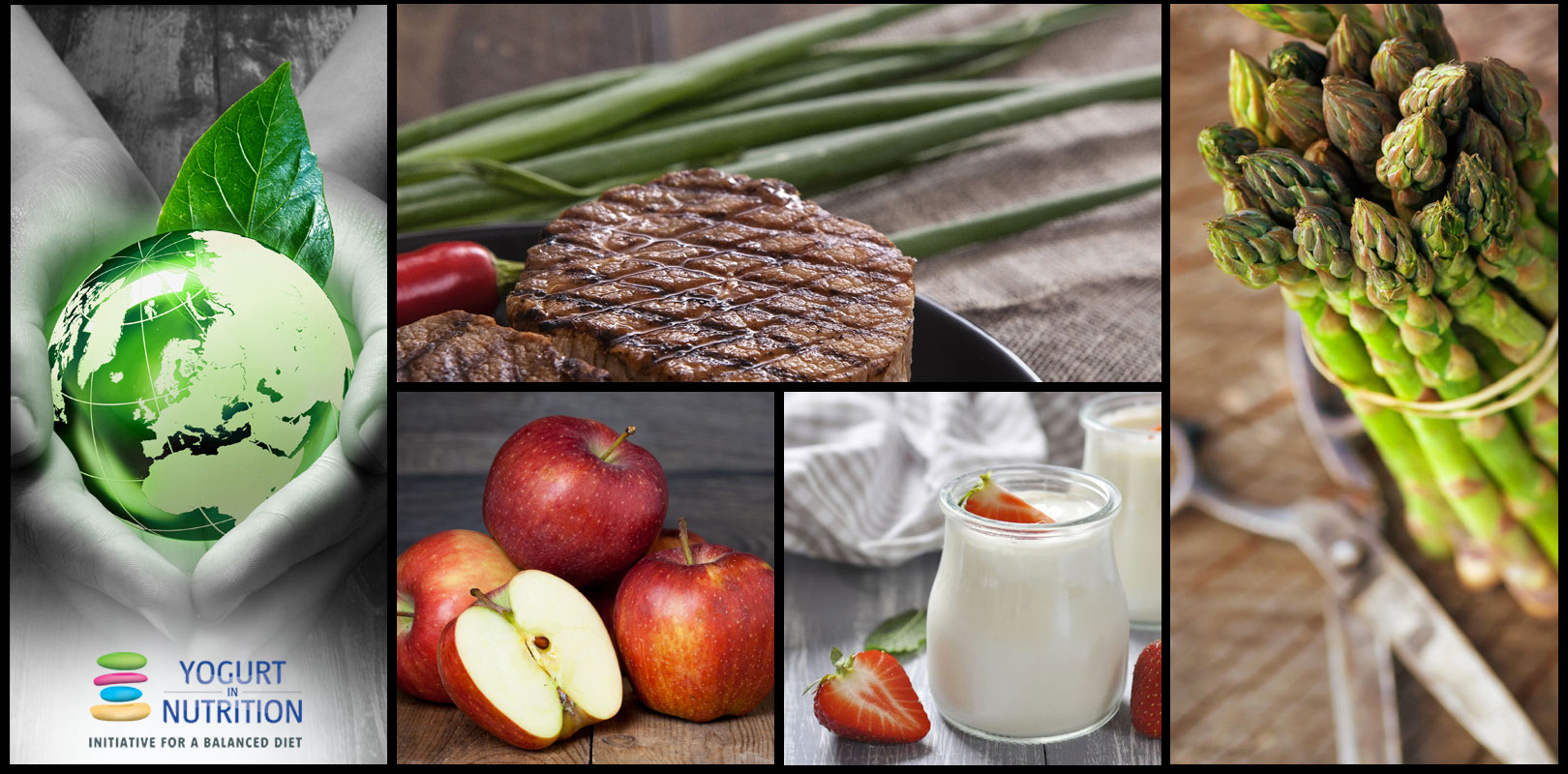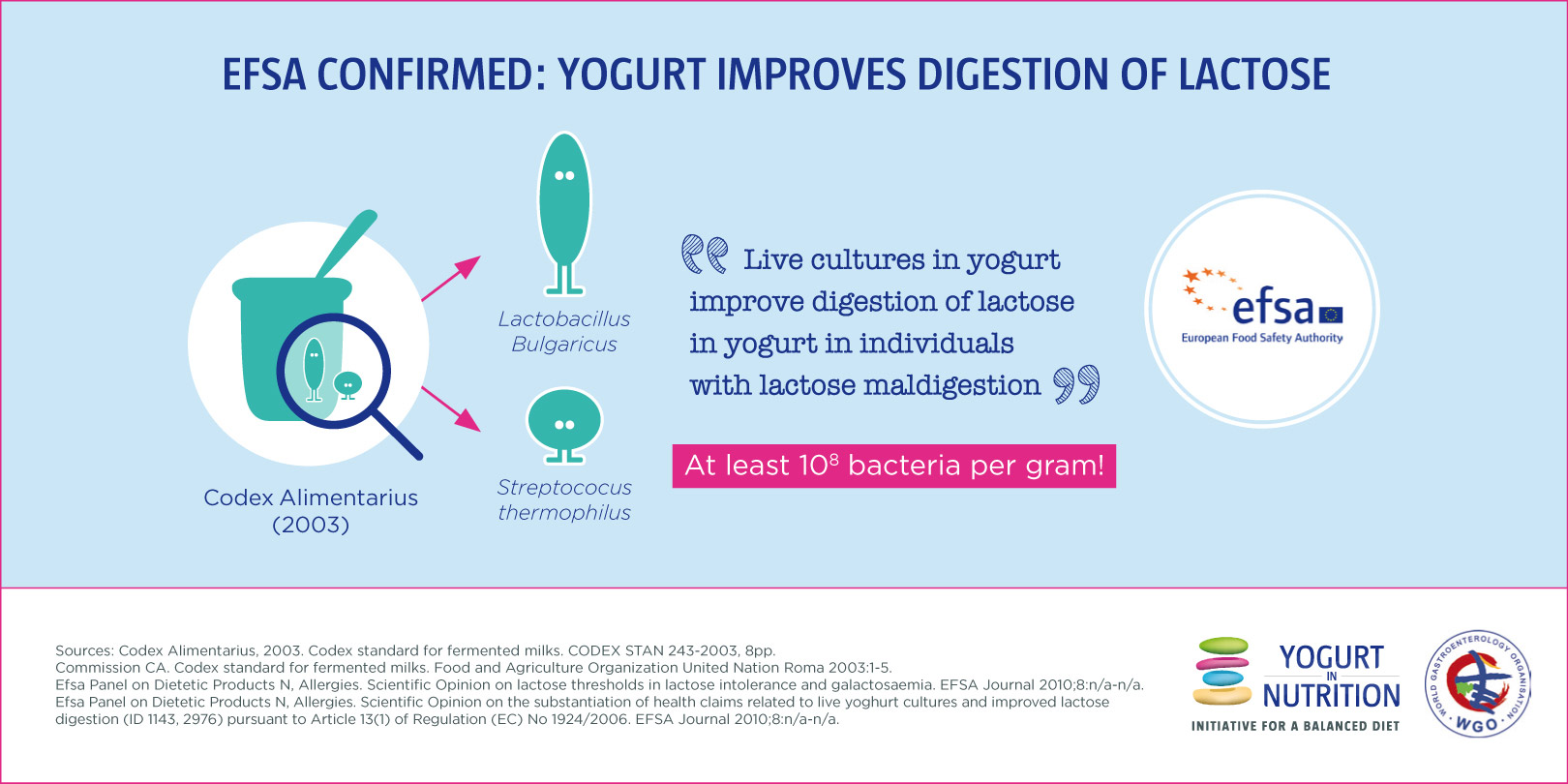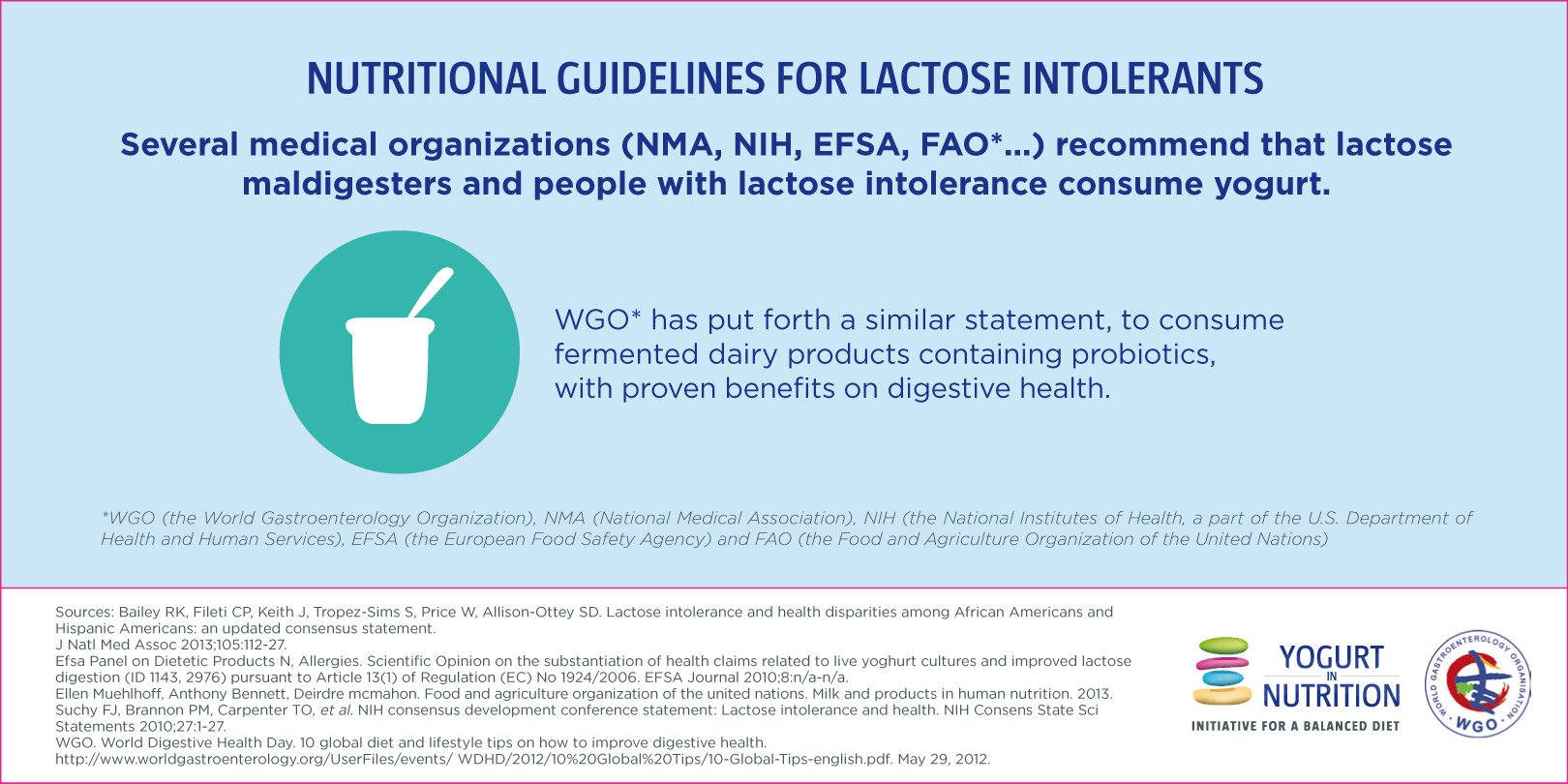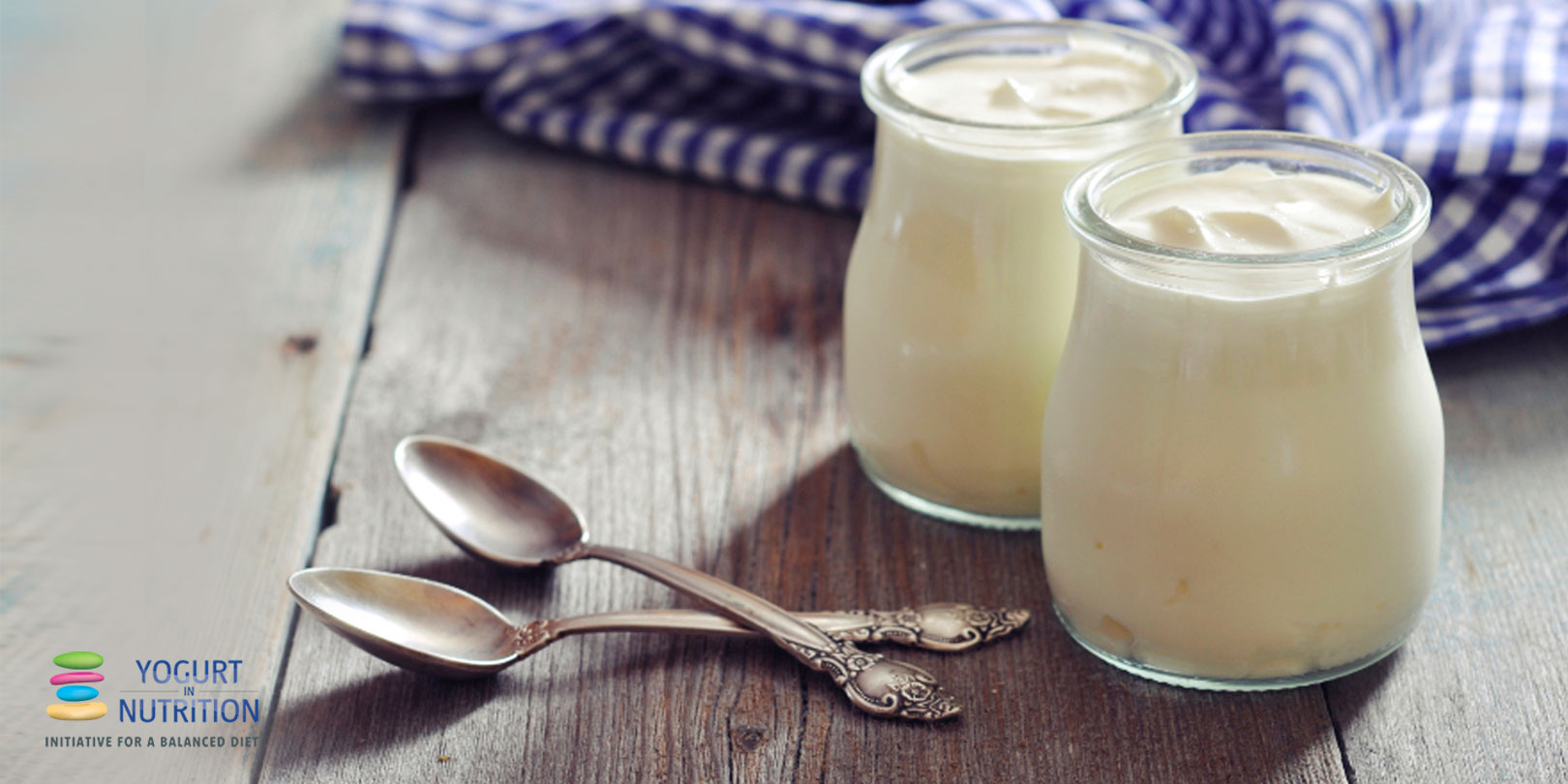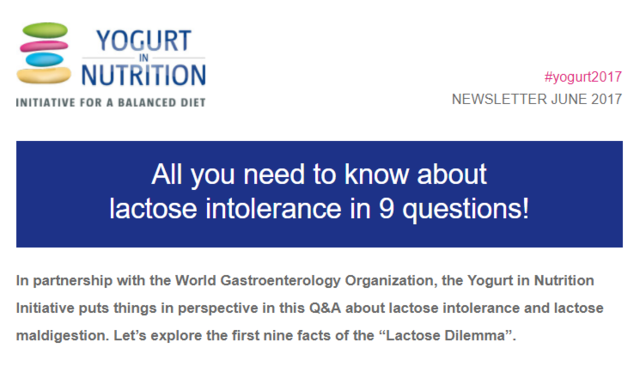Is yogurt part of a healthy diet?
Yes, of course. First of all, a healthy diet helps to preserve or even enhance overall health. A healthy diet complies with the dietary guidelines regarding the macro and micronutrient contents.
National and international organizations, such as the Food and Agriculture Organization of the United Nations, and the US Dietary guidelines, recommend the daily consumption of dairy products, such as yogurt.
Several scientific studies have reported that regular consumers of yogurt have a better overall diet quality, a more diverse and balanced diet that respects the dietary guidelines regarding nutrient intake, than non-consumers.
Recent studies have showed that adult yogurt consumers are more likely to be physically active and are less likely to smoke, than non-yogurt consumers are. Yogurt consumers have also a better knowledge of the relationship between food and health than those, who do not eat yogurt.
Yogurt consumption is also associated with lower levels of circulating triglycerides, glucose, and lower systolic blood pressure and insulin resistance.
Yogurt consumption could also be involved in the control of body weight and energy homeostasis, since analysis of cohorts has shown that regular consumers of yogurt gain less weight over time than non-consumers.
Sources:
- Keast et al. Nutrients 2015;7:1577-93.
- Lecerf et al. The FASEB Journal 2014;28.
- Martinchik et al. Voprosy pitaniia 2016;85:56-65.
- Mistura et al. International journal of food sciences and nutrition 2016;67:232-8.
- O’Connor et al. Diabetologia 2014;57:909-17.
- Panahi et al. J Am Coll Nutr 2016:1-15.
- Savaiano et al. m J Clin Nutr 2014;99:1251S-5S.
- Wang et al. Nutrition research 2013;33:18-26.
- Wang et al. Int J Obes (Lond) 2014;38:299-305
- Webb et al. Nutrition reviews 2014;72:180-9.


